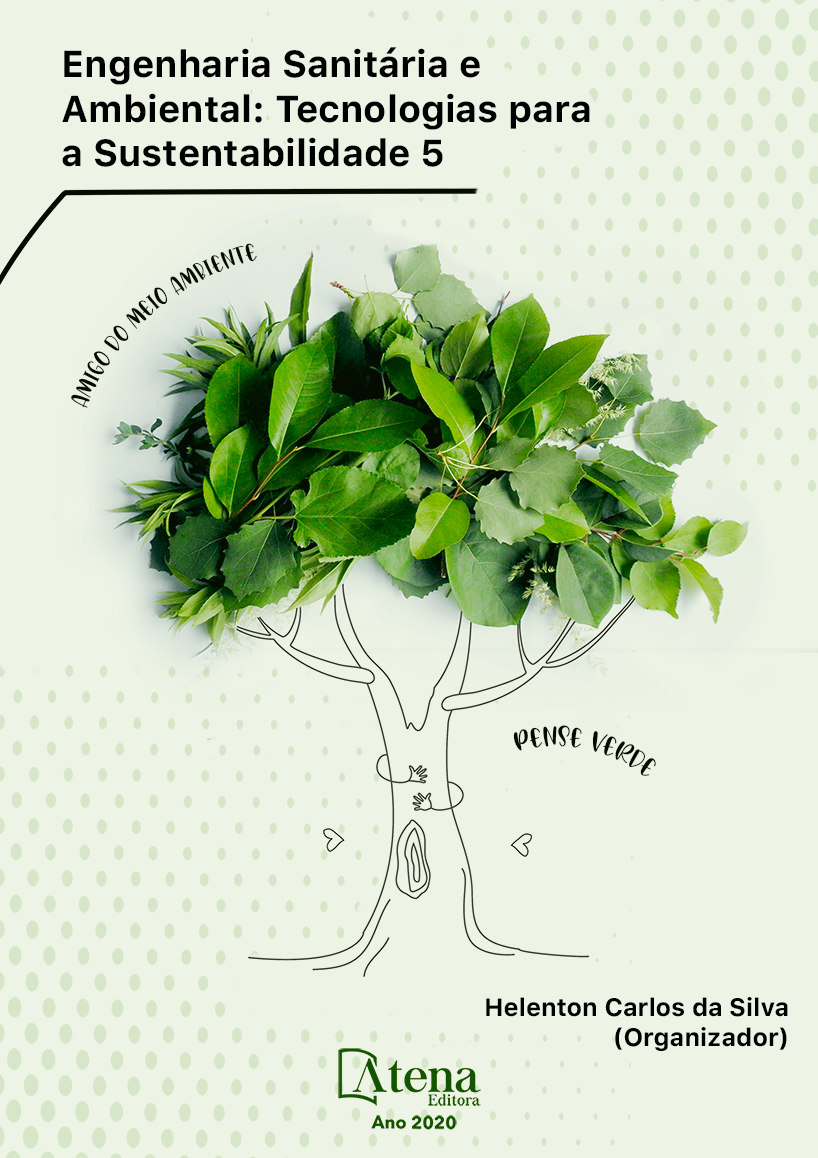
PROCESSO DE ELETROCOAGULAÇÃO PARA TRATAMENTO DE EFLUENTE INDUSTRIAL
Eletrocoagulação é uma tecnologia emergente para o tratamento de efluentes líquidos industriais que sejam coloidais. Esta técnica tem recebido atenção em pesquisa e desenvolvimento nos últimos anos, porém esforços são necessários para entender os mecanismos fundamentais relacionados com os parâmetros de projetos que possam levar à otimização do processo. As principais variáveis operacionais são o tempo de eletrólise, o pH do efluente, a densidade de corrente elétrica e a distância entre os eletrodos. A avaliação da eficiência do processo ocorre pela determinação da demanda química de oxigênio, de sólidos totais e suas frações e também da turbidez. As consequências negativas do uso desta tecnologia são os materiais dos eletrodos, que tendem a liberar compostos indesejáveis durante a eletrólise.
PROCESSO DE ELETROCOAGULAÇÃO PARA TRATAMENTO DE EFLUENTE INDUSTRIAL
-
DOI: 10.22533/at.ed.57220010717
-
Palavras-chave: Tratamento-efluente-eletrocoagulação-água residual
-
Keywords: treatment – effluent – electrocoagulation – wastewater.
-
Abstract:
Electrocoagulation it is an emergent technology to the treatment of industrial effluent that are colloidal such as the fish industry wastewater. This technical has received attention on research and development at last years, but efforts are necessary to understand fundamental mechanisms related to the parameters of projects that can conduct to the optimization of the process. Principal operational variables are electrolysis time, pH of effluent, electrical current density and distance between electrodes. The evaluation of the process efficiency occurs by determination of the chemical oxygen demand, total solids and its fractions and also the turbidity of the water. Negative consequences of the use of this technology are the electrodes material that have tendency to undesirable compounds releasing during the electrolysis.
-
Número de páginas: 19
- Alexandre da Trindade Alfaro
- Isabela Silveira
- Débora Craveiros
- Edna Regina Amante
- Evellin Balbinot Alfaro


